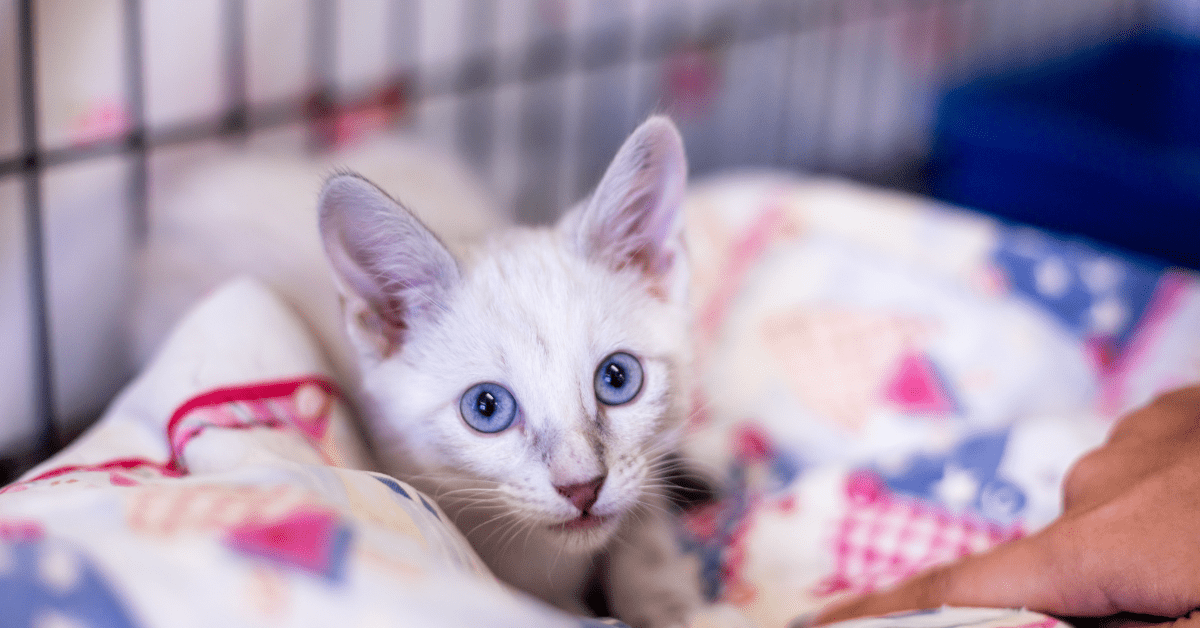
Crate train your pet, Bringing home a new furry friend is an exciting time! While you may be eager to give your new pal free rein of your home, taking the time to properly crate train your pet will pay off tremendously in the long run.
Crate training not only helps your pet feel safe and secure but also protects your home from accidents and damage when you can’t actively supervise. Follow this step-by-step guide for successfully crate training your dog, cat, or other small animal.
Why Crate Training is Essential
Firstly, understanding the why is crucial. For many pets, a crate becomes their personal space—a haven where they can relax, feel safe, and retreat when they need some downtime. Furthermore, crates are invaluable for travel, vet visits, or when you can’t supervise directly. Crate training provides a safe, comforting space for your pet while also protecting your home. Crated pets can’t get into trash, chew wires, or have accidents when unsupervised. It also aids in housetraining dogs and cats. Proper crate training prevents pets from associating the crate with punishment.
The Step-by-Step Guide to Crate Train Your Pet
Transitioning your pet into loving their crate doesn’t happen overnight. It’s akin to introducing a toddler to their own room. There will be hesitations, a few setbacks, and a lot of learning along the way. But with patience, understanding, and consistent efforts, you’ll turn that crate into a place they adore.
Choose an Appropriate Crate
The first step is selecting a crate designed for your pet’s size and needs when relocating pets to a new home. Look for crates made of durable, chew-proof plastic for dogs, or soft-sided kennels for cats. Make sure your pet can stand up, turn around, and lie down comfortably inside. Place a crate pad or blankets inside for comfort. Position the crate in a high-traffic area like a living room or kitchen so your pet doesn’t feel isolated.
Introduce Your Pet to the Crate
To help your pet voluntarily enter the crate, toss treats inside so they associate it with a positive experience. Feed your pet in the open crate to further reinforce it as a rewarding space. Place toys inside to encourage exploration and play. Allow your pet to investigate the crate at their own pace, never forcing them inside. Praise and give treats for any interest in or steps toward entering the crate.
Crate for Short Periods
Once your pet seems comfortable eating treats and toys in their crate, start creating them for brief periods of 5-15 minutes while you’re home. Provide a food puzzle toy or chew bone to occupy them. Ignore any whining after initially crating so they don’t learn it prompts your attention. Reward calm behavior in the crate with praise and treats slipped through the bars. Very gradually increase the crating duration from 30 minutes to a few hours as your schedule necessitates.
Mealtime Inside the Crate
Feeding all your pet’s meals inside the crate establishes positive associations between being created and enjoyable activities like eating. Place the food bowl towards the back so they fully enter. Stay while they eat so they don’t feel trapped inside. After eating, open the door so they can exit freely. This reinforces the crate as a place they willingly enter and leave.
Crate Overnight
The ultimate goal is to have your pet sleep comfortably in their crate overnight. Establish a bedtime routine with a late evening potty break. Place the crate in your bedroom initially so your pet feels reassured by your presence.
Moreover, reward your pet for entering the crate on their own and quietly settling in for the night. Should whining occur, avoid responding or they’ll associate fussing with being released. The crate location can be moved once they transition well to all-night crating. Use tips to reduce travel stress when first crating overnight.
With time, consistency, and positive reinforcement, your furry friend will adapt to their crate during the day and overnight. Crate training creates a safe space for your pet while also protecting your belongings when you can’t supervise directly. Approach crate training with patience and your pet will grow to appreciate their cozy home within a home!

 800-13-7356
800-13-7356
